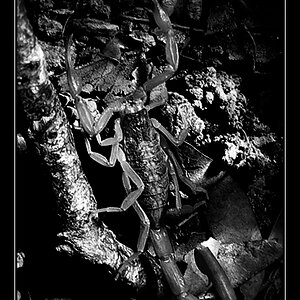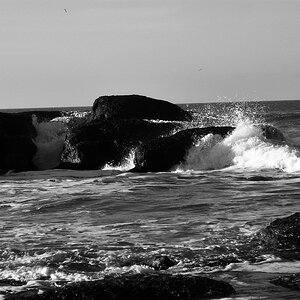TamiAz
Been spending a lot of time on here!
- Joined
- Sep 26, 2011
- Messages
- 1,004
- Reaction score
- 524
- Location
- Arizona
- Can others edit my Photos
- Photos OK to edit
Went to the zoo today and took a bunch of pictures, but almost all of them look like snap shots. Animals aren't willing to stop and pose, so I would just start shooting and hope for the best. Does anyone have any tips for zoo pictures.
My kids were allowed to feed the giraffes, so we got nice and close..This was my favorite.
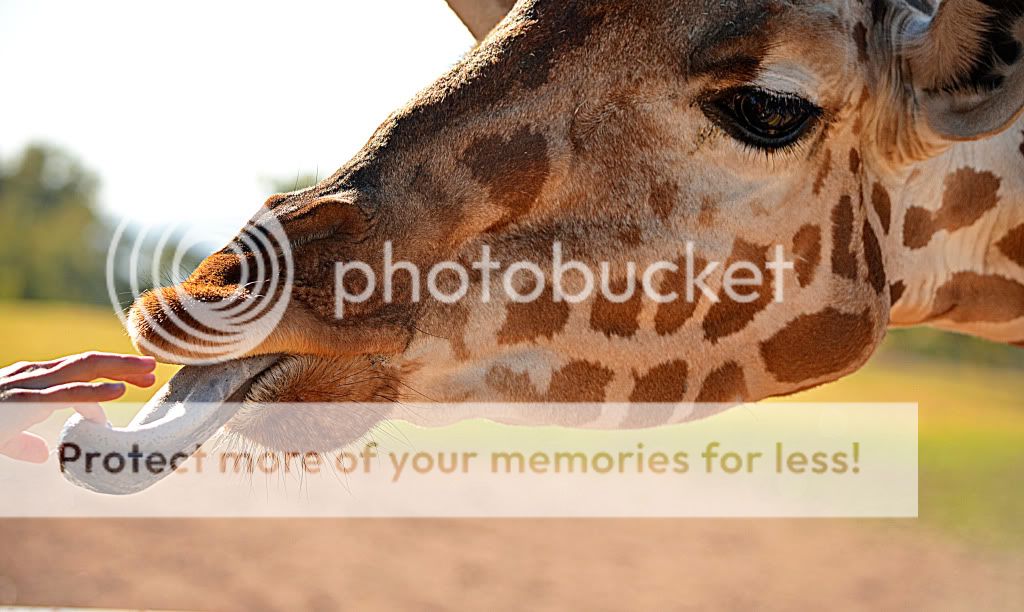
My kids were allowed to feed the giraffes, so we got nice and close..This was my favorite.






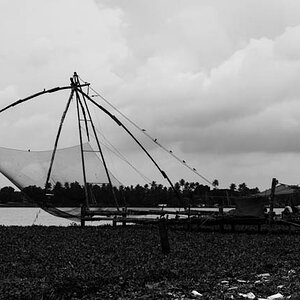
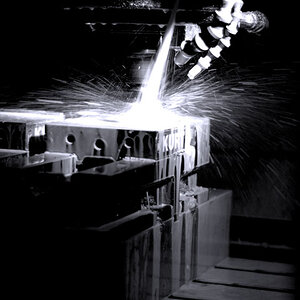


![[No title]](/data/xfmg/thumbnail/37/37489-27b092c23ed6ad63eee4cd03f96a311a.jpg?1619738111)

![[No title]](/data/xfmg/thumbnail/42/42473-acff07bd005ae1bb1af25d5d00d0c437.jpg?1619740193)
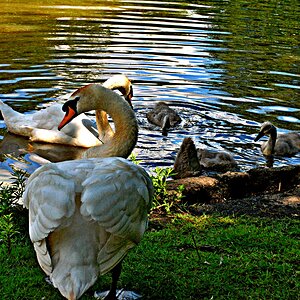
![[No title]](/data/xfmg/thumbnail/32/32705-430f9656769ce9d03c57fbe11537d5f5.jpg?1619735608)

